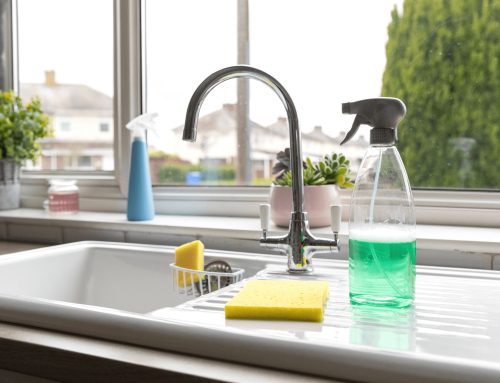With Christmas coming, let’s get into the real debate of the season- Christmas Trees: Real or Fake? While both have their own pros and cons, most people hold a very strong opinion about these decorative fir’s. So let’s compare the two, shall we?
First Up: The Real Deal- Living Trees

Pros:
Real trees allow for an annual family tradition of being selected, and who doesn’t love a holiday tradition? Not to mention they offer the convenience of being thrown away or recycled once the holiday is over, taking away the added stress of storage. These trees are also great for the environment, as they produce lots of oxygen and absorb carbon dioxide, can be recycled, and are known for growing in soil typically deemed uninhabitable by other plants. You can read more about just how environmentally friendly these trees are here. Plus, who doesn’t love the scent of a fresh fir?
Cons:
First and foremost, real trees can be MESSY. Needles, sap, dirt, and bugs are all part of the deal. Buying a real tree also incurs the added cost of buying a new one each year, with the recent average being around $75. However the biggest con, in our opinion, is that these trees need to be watered regularly. If they are not, they run the risk of drying out and becoming a major fire hazard. Not to mention, these trees can cause severe allergies in some people.
Next Up: The Christmas Classic- Fake Trees

Pros:
First of all, you only have to buy one. This provides and annual savings of around $75. Fake trees also have virtually no mess- the needles don’t dry out and drop, there’s no sap to be seen, and bugs generally don’t want to live in them. These trees can also be dismantled for easy storage. Not to mention, if you go the pre-lit route, you won’t have to fight with tangled lights. Plus, if you forget an ornament, it will still be there for you next year.
Cons:
Let’s address the big one: fake trees are made entirely of plastic and pvc, and cannot be recycled. Also, once a light goes out, that is usually the end of the life for that section, resulting in adding lights. These trees are unfortunately destined for landfills making them not environmentally friendly. Plus, if your tree were to break, or become too big or small for your space then you are back on the hook for purchasing a new one.
Final Thought
So, with all that said and done, which do you prefer- real or fake trees? Let us know in the comments! At the end of the day though, the kind of Christmas tree you have isn’t what matters most during this holiday season- it’s spending it at home, wherever you may be, with those you love. If you’re looking for a new home for the holidays be sure to contact us today to see how we can help!








